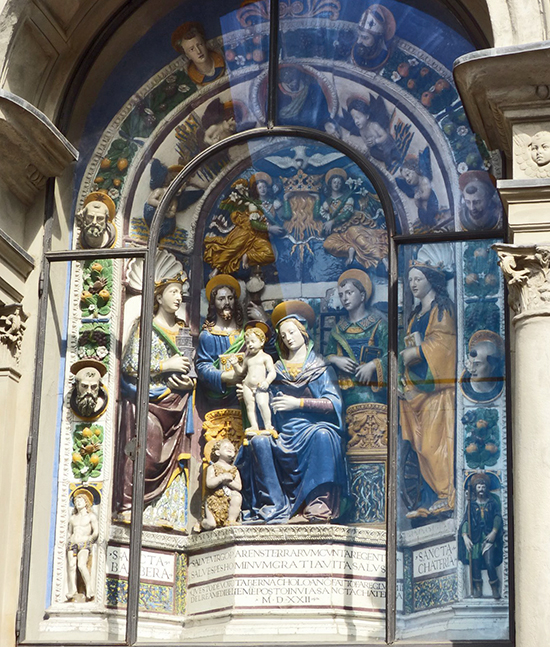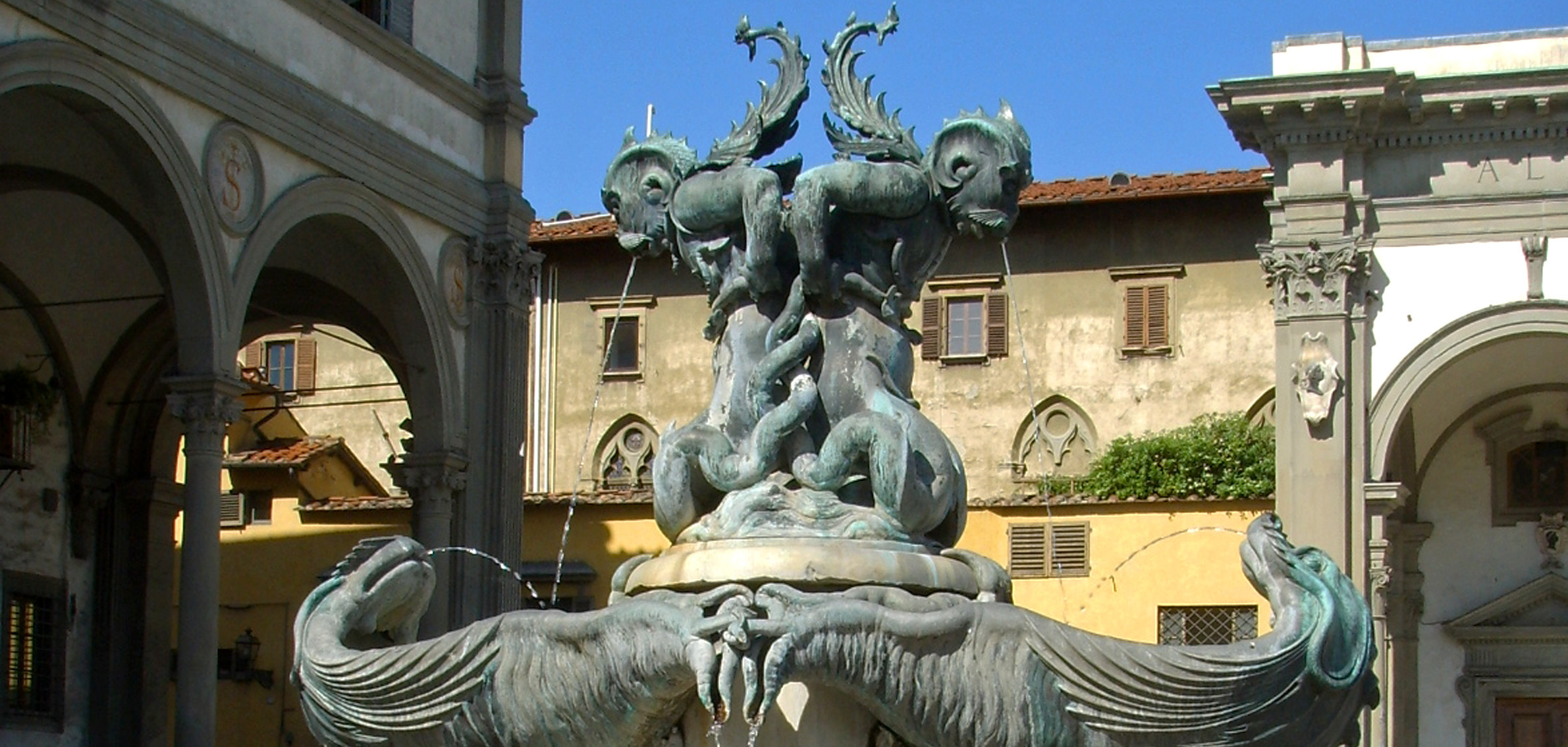
Fountains of Florence
Whether installed to celebrate an event, a personality of relevance
for the city or just to decorate a piazza, Italian cities have always
loved their fountains. Florence is no exception. There are many
beautiful fountains scattered around the city, so let's see some of the
most famous and unique fountains you will find while walking around the
city center.
FOUNTAIN OF NEPTUNE
The Fountain of Neptune in piazza della Signoria, completed in 1574, is
the work of Bartolomeo Ammannati who followed a design by Baccio
Bandinelli.
In 1559, Cosimo I de’ Medici launched a competition to design the first
public fountain of the city.
Neptune, who’s face is said to resemble that of the Grand Duke Cosimo,
is the primary element of the fountain, standing on a chariot drawn by
sea-horses.
Nicknamed “Il Biancone” (white giant), the statue of white marble has
not always been loved and respected as it is today: as a matter of fact,
the Florentines used to wash their clothes in its basin so often that
is was rendered necessary to install a plaque on the wall of Palazzo
Vecchio in 1720, to forbid this activity. As if this was not bad enough,
Ammannati's masterpiece was vandalized many times over the centuries,
luckily without irreversible damage. The fountain was beautifully
restored in recent years, and since 2019 it has recovered its original
splendor.
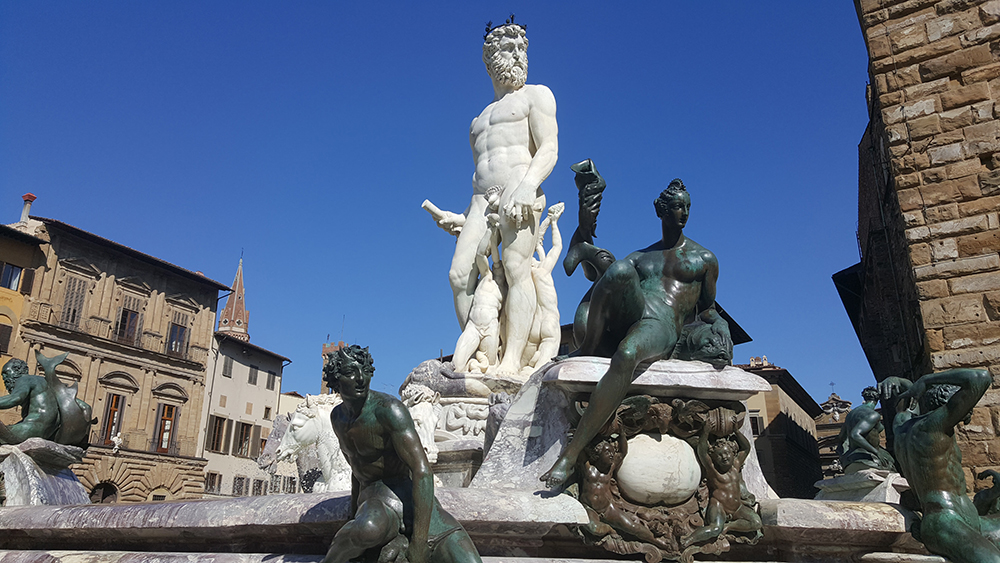
Il PORCELLINO
The Loggia del Porcellino at the Mercato Nuovo
takes its name from the fountain of a boar, affectionately renamed
“piglet” by the Florentines. It is a copy of the original made by Pietro
Tacca in 1620 and inspired by a Hellenistic marble boar that Pope Pius
IV donated to Grand Duke Cosimo in 1560.
The original marble statue was kept in the Hall of the Niches in Palazzo
PItti for a while and then transferred to the Uffizi Gallery. Giorgio
Vasari even mentioned it in its texts, referring to it as the statue of
the “pig boar in act of suspect”, for the very alert expression of the
animal.
According to the legend, rubbing the snout of the boar brings good
fortune, that’s why you will see it shining and golden while the rest of
the statue has oxidized to a dark bronze colour over time.
A little trivia fact: if you are a Harry Potter fan you should know that
a copy of the Porcellino has appeared in the films!
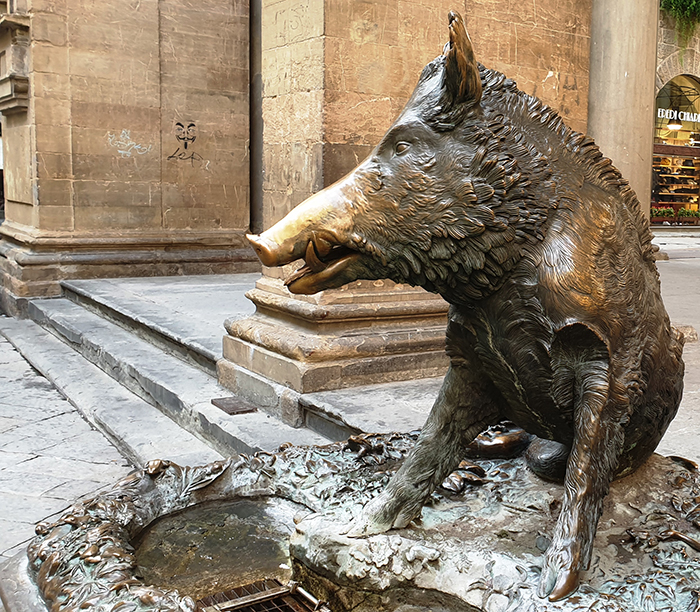
FOUNTAINS OF THE SEA MONSTERS
Once again it is Pietro Tacca the talent behind the creation of two beautiful and peculiar bronze fountains of Florence.
These fountains designed in Mannerist style, represent sea monsters and
creatures of exceptional beauty. The naturalistic marine elements, such
as shells, fishes, imaginary monsters and garlands with crustaceans and
algae, immediately marked the fountains as a novelty. Another element
that broke from tradition was the fact that the water came down from the
mouths of the monsters instead of being sprayed upwards.
The little fountains were made in 1626 for the Port of Livorno, but
Ferdinand II insisted that they remain in Florence, so in 1641 they were
placed in Piazza Santissima Annunziata, a decision for which we are
certainly really grateful to the Grand Duke.
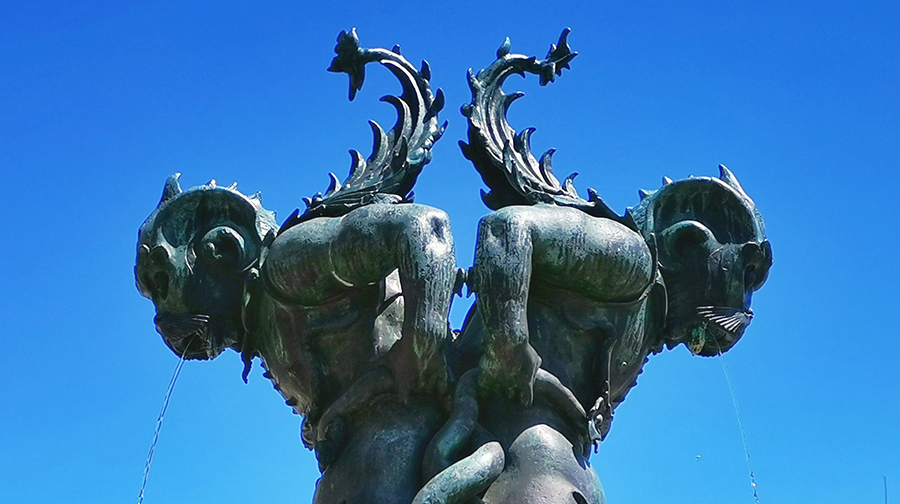
FONTANA DELLO SPRONE
One of the most beautiful and elegant public fountains in Florence can
be found at the corner of via dello Sprone and borgo San Jacopo in the
Oltrarno. It is called Fontana dello Sprone and was sculpted by Bernardo
Buontalenti, who lived in the nearby area of Via Maggio. The comission
of this work was made in all probability for the wedding of Cosimo II
de’ Medici with Mary Magdalene of Austria in 1608.
The fountain representing a bearded face spurting water into a
shell-shaped basin, was designed to create a waterfall on the front,
which ended up in a little pool below.
FONTANA DEL CARCIOFO
Placed on the low wall that separates the courtyard of Palazzo Pitti and
the amphitheter of Boboli, it was sculpted by Francesco Susini and
Francesco della Tadda and placed on the terrace in 1641.
It is decorated with cherubs, shells and dolphins, but the elements that
over the years earned the fountain its nickname “Fontana del Carciofo”
(“Artichoke Fountain”) are the decorations of the shells on the sides of
the staircase of the fountain, that resemble artichoke leaves.
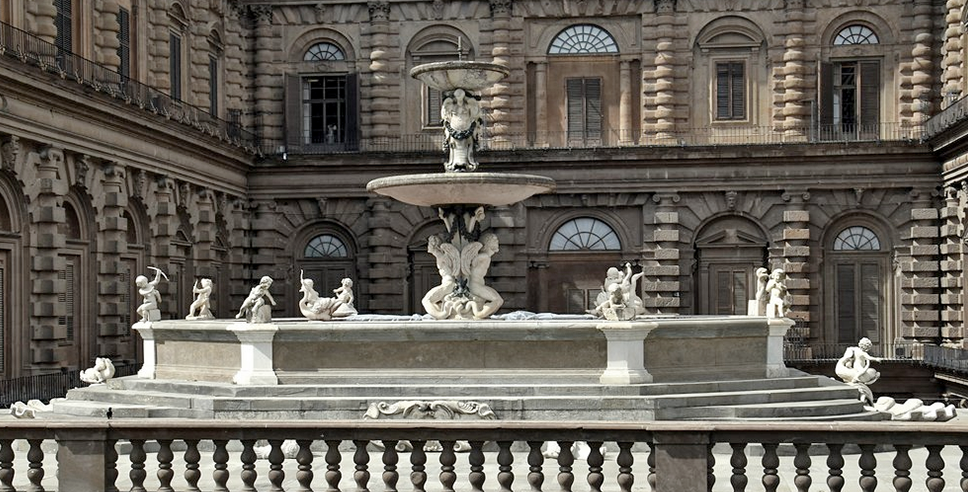
LE FONTICINE
The Fonticine tabernacle, located in via Nazionale, unites two italian
traditional elements: fountains and tabernacles (the latter can usually
be found on street corners and are devoted to the Virgin Mary).
Made by Girolamo and perhaps Giovanni della Robbia in 1522, it was give
its name for the presence of the seven little fountains in the shape of
heads of cherubs that pour water into the marble basin below.
Originally it was nearby via Santa Caterina d'Alessandria, but was
dismantled and reassembled in its actual position around 1850. Its
unusual dimensions and shape make this a very original fountain for
Florence.
Above the basin of the fountain, the tabernacle - a monumental Della
Robbia masterpiece - is modelled in the typical polychrome glazed
terracotta. It represents a Madonna and Child among the saints Jacopo,
Lorenzo, Giovannino, Barbara and Caterina d'Alessandria At the top are
the Eternal Father and the Holy Spirit with adoring angels, and among
the fruit and leaves of the frame, are the heads and figures of saints.
Most people pass by it without even noticing this masterpiece, due to
its position in a very busy street, but now that you know of its
existence, you should definitely stop by and take a good look at this
beautiful fountain as well!
